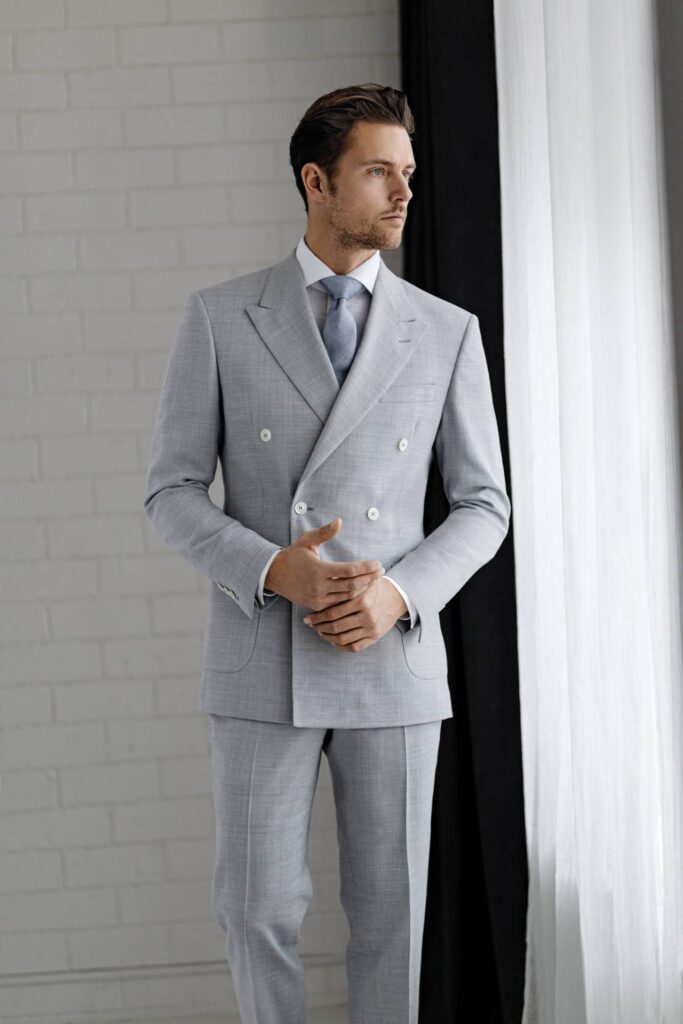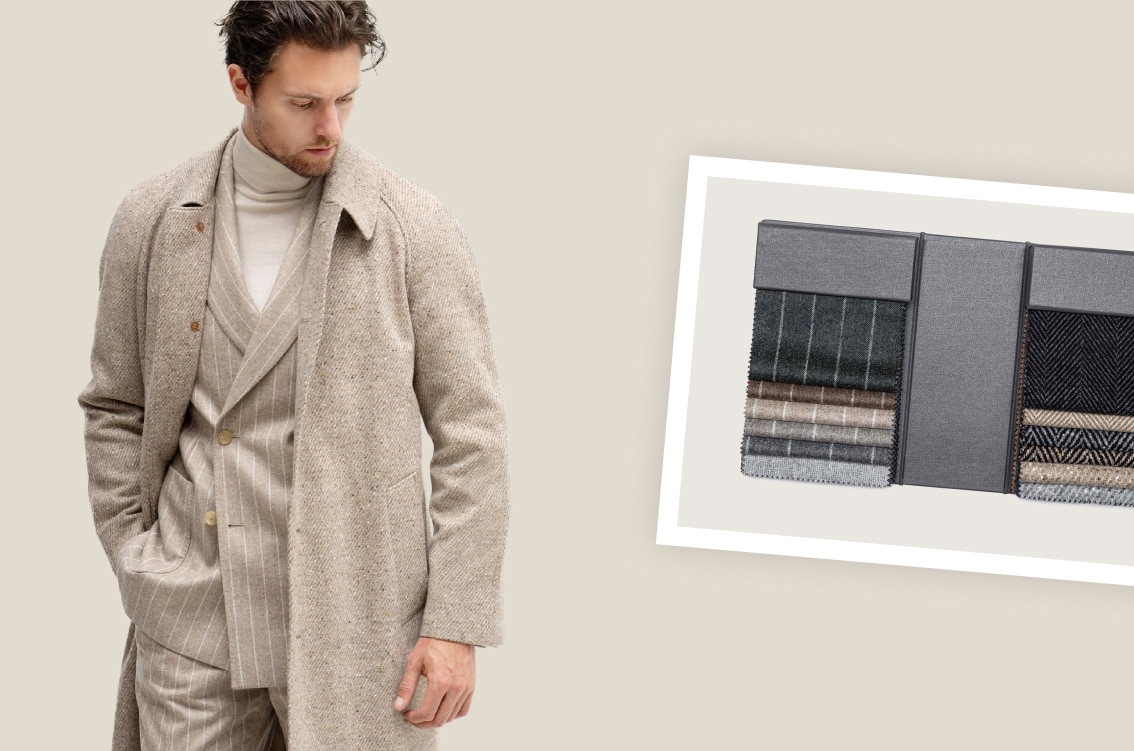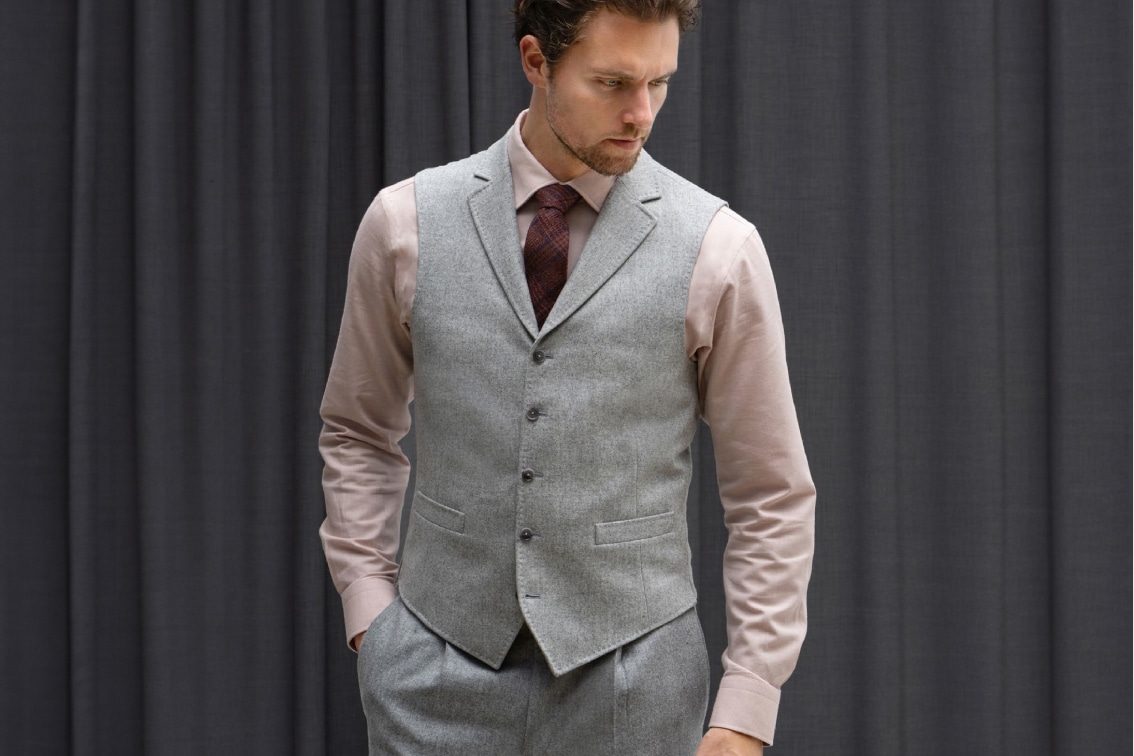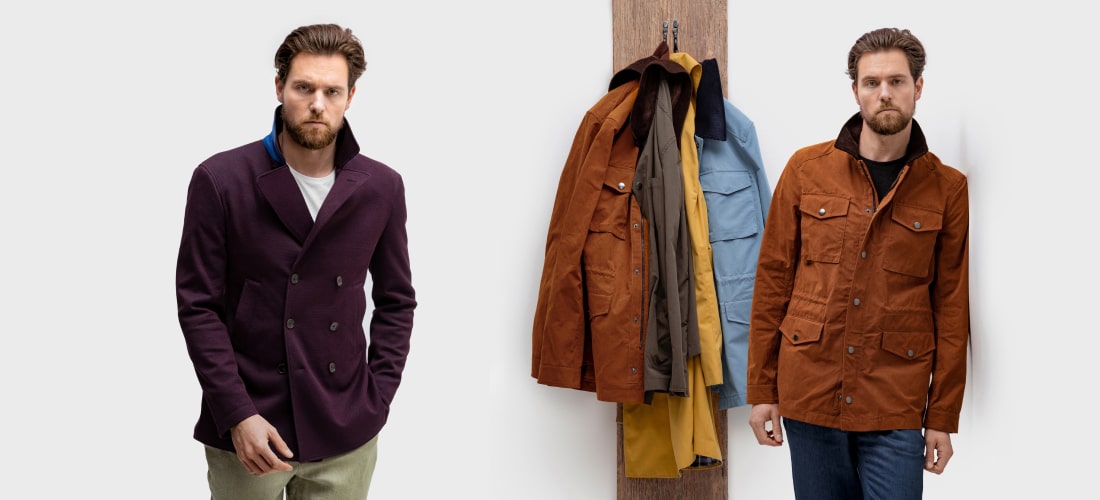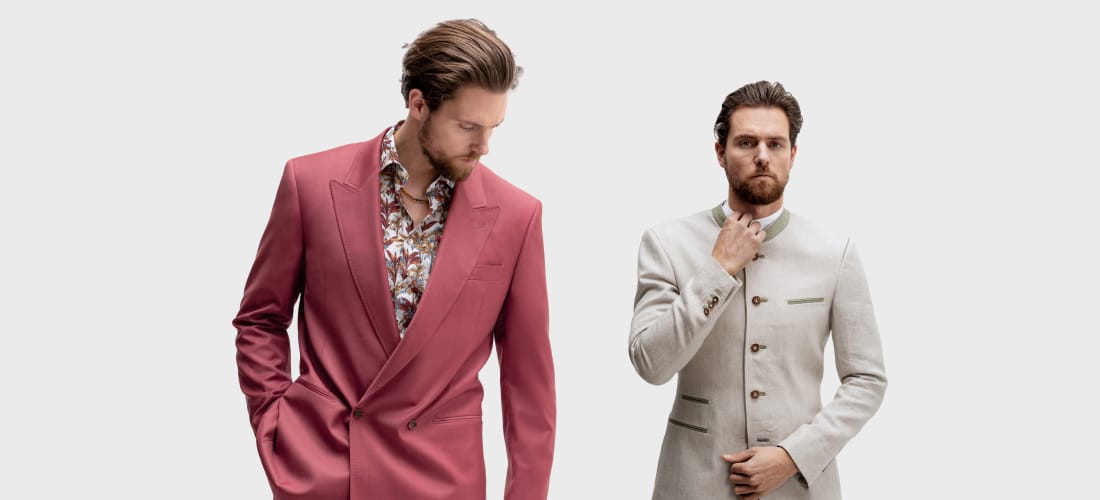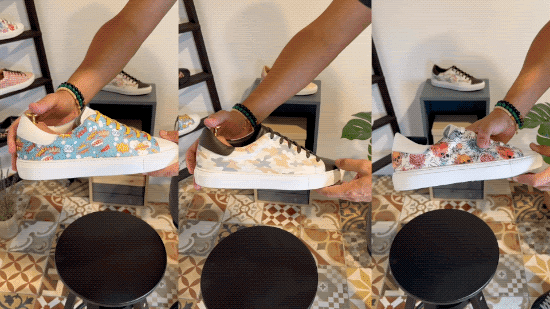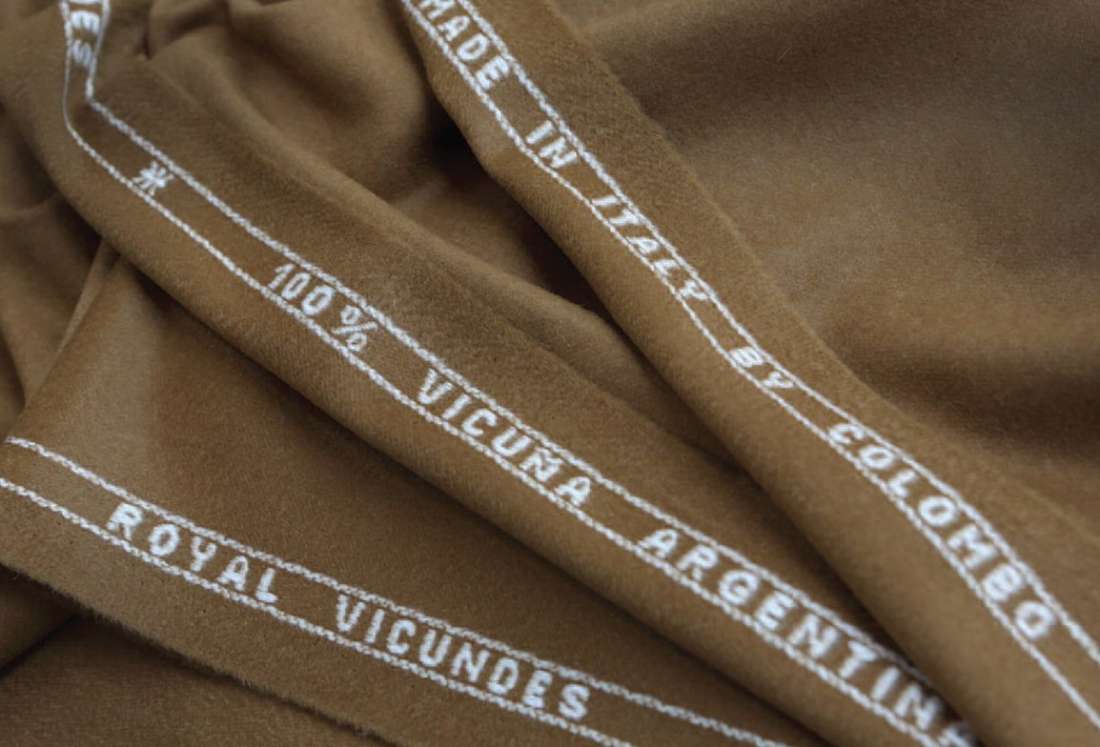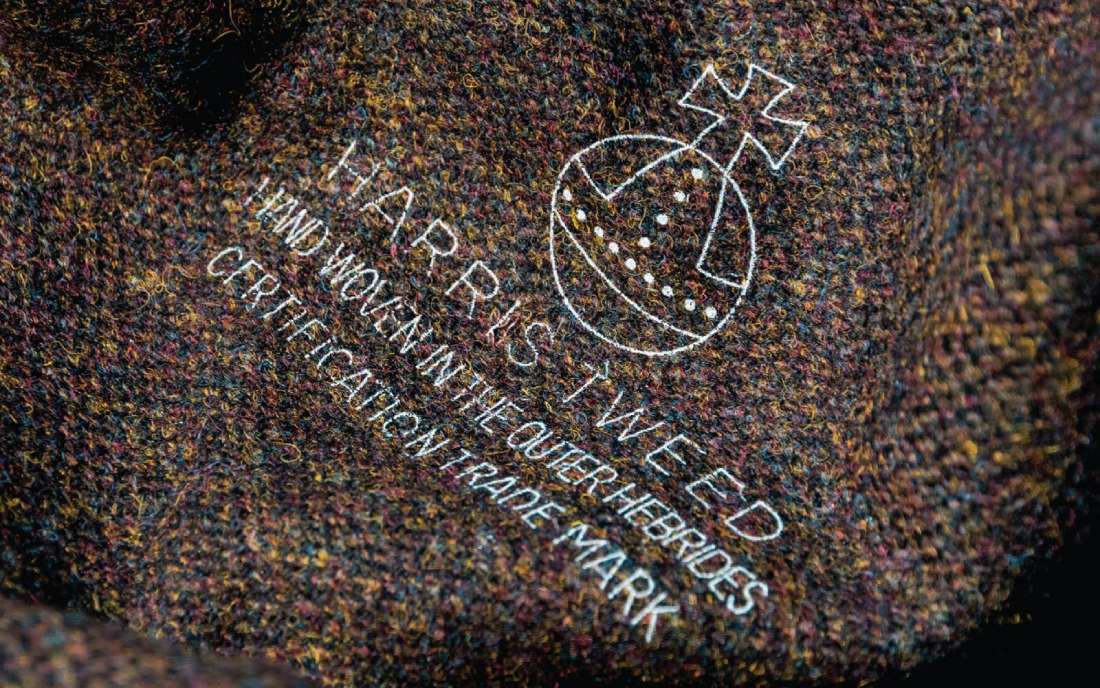Tweed is probably the most famous British textile and the one that symbolises the style of dress of Her Majesty’s subjects. The most surprising thing is that, like Port wine, this woollen fabric in its most traditional expression, Harris tweed, is protected by law and has its own demarcated region.
Although it makes a comeback from time to time, tweed is much more than a fashion trend. This woollen fabric, rough like the climate of the British Isles and tough like its people, is synonymous with informal British style. Known in the early days as Clò Mòr, a long woollen cloth produced by Scottish farmers for their own use on rudimentary looms set up in their homes, it has effectively fulfilled the purpose of protecting the labouring people of these inhospitable regions from the elements throughout the ages.
Closer to the present day, it was renamed tweed, but it’s not clear how. Although there are two versions of the origin of the new name, there are no certainties. Some attribute the name to the river of the same name that flows through Scotland and in whose valley the fabric has long been produced. Others argue that the new name arose from a misunderstanding on the part of a London merchant who spelt “tweel” incorrectly on an order, as the British “twill” (the sturdy weft used in weaving) is spelt in Scots, thus giving rise to the tweed that eventually survived.
The coarse, somewhat fuzzy fabric in earthy tones, which blended into the landscape of undergrowth, gained unexpected fame in the mid-19th century after being adopted by the British aristocracy as the favourite raw material for their leisurewear. Queen Victoria and Prince Albert were largely responsible for the adoption of tweed. When the royal couple bought Balmoral Castle, where they spent much of their free time hunting and walking in the Scottish countryside, it started a mimetic movement that led many English nobles to buy estates in Scotland and start cultivating an outdoor lifestyle in which tweed, thanks to its resistance and thermo-insulating qualities, fitted like a glove.
As was already the case in Scotland with the tartan, which differentiated the various clans, this appropriation by the elites triggered an interesting phenomenon that consisted of designing patterns to distinguish these new estates and their lords, the so-called Estate Tweeds, of which the Balmoral Tweed, created by Prince Albert, was one of the first.
This very British habit of cataloguing everything, which extends, for example, to ties, where, in addition to the aesthetic aspect, their patterns serve to identify the regiment, college, university or club of the wearer, already existed in tweed. The vast array of patterns and textures were already categorised.
These included names that denoted everything from the type of sheep the wool came from, Cheviot Tweed or Shetland Tweed; its geography, Donegal Tweed, for example, originating in County Donegal in Northern Ireland, or a particular activity, such as Gamekeeper Tweed. In addition to these captive patterns, which were initially reserved for those who had the right to use them, but which today are used freely, there is also a wide variety of motifs and textures provided by weaving, such as Plain Twill, Overcheck Twill, Plain Herringbone, Houndstooth, among many others. This enormous multiplicity of patterns and textures, together with the durability and strength of the fibres and weave, are largely responsible for the popularity of this fabric.
After this aristocratic turn, which gave it an aspirational character at a time when the industrial revolution was already in full swing, tweed became the fabric of choice in the UK for the middle classes and the emerging sportsman who made it his inseparable adventure companion.
At the dawn of the 20th century, new horizons opened up. Through the hands of Edward VII, it arrived on Savile Row, where it gained sartorialist expression and definitely became indispensable in the wardrobe of the elegant man. The rustic cloth took on urban colours and new connotations, the intelligentsia embraced it and Gabrielle Chanel opened the doors to haute couture.
Tweed has a curious ambivalence that leads it to be appreciated by the aristocracy and the counterculture at the same time.
Hipsters and their interest in vintage clothing, the revival of tailoring and the revivalist movement around this fabric, with its anti-massification ideals in favour of authenticity and sustainability, of which London’s Tweed Run is the leading exponent, are all manifestations of this alternative face that, from time to time, catapults it into the limelight.
Today, there isn’t a fabric manufacturer who doesn’t feature it in their catalogues, both inside and outside the UK. Not infrequently, virgin wool is mixed with cotton, cashmere and even synthetic fibres in more or less industrial production. However, in Scotland there is one area where tweed continues to fulfil the same cycle as it has done for centuries.
Harris tweed, The Original Spirit
The Outer Hebrides, an archipelago made up of a few islands, the most important of which are Lewis, Harris, Uist and Barra, off the west coast of Scotland, have long enjoyed a reputation for producing the highest quality tweed.
This cloth, known as Harris Tweed, was dyed, carded, spun and woven by local farmers from the wool of their sheep and was mainly used for their own consumption. Although it was of excellent quality, it was not very popular as a business and was therefore of little use when, between 1846 and 1856, the great famine, caused by a potato shortage, also hit Scotland.
At this particularly dramatic time, the intervention of Lady Dunmore, the wife of Alexander Murray, 6th Earl of Dunmore, lord of the Isle of Harris, who played a fundamental role in energising the textile industry, was of the utmost importance. In order to help solve the serious subsistence problems faced by the islanders, she ordered a substantial quantity of her family’s tartan, woven in the Clò-mòr style, and several pieces of clothing for her employees.
Immediately realising the potential of this then marginal activity for impoverished populations, she pushed for its growth. A frequenter of sophisticated media, she realised that the success of her work would have to involve producing lighter cloths in line with the needs of the fashion market, which she had no difficulty implementing. Then, always on her own initiative, she tried to promote the wool produced by her tenant farmers to her peers.
The efforts of the still revered Lady Dunmore had important and beneficial repercussions. Nobles and wealthy people from the neighbouring islands followed her example. Demand rose dramatically and with it the number of carders, spinners, dyers and looms working on all the islands. The success of the Outer Hebrides raised fears that others would take advantage and that the product would be counterfeited or adulterated elsewhere.
With the aim of obviating this possibility, at the beginning of the 20th century, with the industry working at an unprecedented pace, the company The Harris Tweed Association Limited was created, whose role was to ensure the characteristics and quality of the tweed produced in the Hebrides.
It thus became the first to bear a mark, the iconic “orb mark”, the sphere topped by the Maltese cross and the words Harris Tweed underneath, with which all the cloth pieces were printed from 1911 onwards and which is the oldest of its kind in the UK.
Harris Tweed continued to prosper and, shortly afterwards, hand spinning proved to be insufficient for the levels of production achieved. This meant that, in 1934, the articles of association were slightly amended to allow wool that had previously been spun on a wheel to be spun using more efficient methods, without perverting the artisanal spirit of production.
Production didn’t stop growing until the mid-60s.
In the 1990s, as part of a process of modernising and defending this important heritage, which in the meantime had seen its economic importance diminish substantially, the Harris Tweed Authority was founded under an Act of Parliament, replacing the previous association.
Under its statutes, the new organisation is responsible for promoting and maintaining the authenticity, quality standards and reputation of Harris Tweed. The Authority supervises production throughout its entire cycle and only when it fulfils the principles defined in the statutes does it certify it with the stamping of the famous sphere.
This law defined that in order for tweed produced in the Outer Hebrides to be recognised as Harris Tweed, the pure virgin wool had to be spun, dyed, woven and finished by hand by inhabitants of the Outer Hebrides in their homes.
Despite some threats throughout its history and even the danger of counterfeiting today, Harris Tweed continues to be produced by around 250 artisans using the same methods as their ancestors, but with the added quality that today’s knowledge allows.
This product of great quality and versatility, which is now exported to more than 50 countries, has seen its production more than double in recent years, thanks to the interest it has aroused in a market that is looking for authentic products that bring with them the intangible value that the history and people involved in their production represent. A prime example of economic sustainability, Harris Tweed has already shown that its resilience goes far beyond the woollen yarns with which it is woven.

